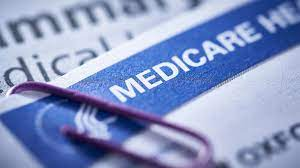Why is safeguarding and Advocating for Patient Assistance Programs important?

Patient assistance programs (PAPs) are a critical lifeline for many people who need access to life-saving or life-changing medications but cannot afford them. These programs are offered by pharmaceutical companies, foundations, and other organizations to help patients pay for their medications. There are several reasons why safeguarding and advocating for PAPs is important. First, PAPs help to ensure that patients have access to the medications they need. This is especially important for people with chronic conditions, who may need to take medication for the rest of their lives. Without PAPs, these people would be unable to afford their medications and could suffer serious health consequences. Second, PAPs help to improve patient adherence. When patients know that they can get help paying for their medications, they are more likely to stay on their treatment plans. This is important because medication adherence is essential for achieving good health outcomes. Third, PAPs help to reduce



